冷却塔辅助冷却地埋管换热系统的应用研究
摘要地源热泵技术利用地下土壤作为热泵机组的冷热源,是属于经济,绿色的能源利用,但是应用于以冷负荷为主的商业建筑时,每年向地埋管区域排热量大于取热量,热量逐年累积,会导致埋管区域温度升高,影响热泵机组的正常运行,使用冷却塔辅助地埋管散热可以有效解决这些问题,因此本文具体研究内容成果如下:(1)研究了地埋管钻孔内的传热模型,钻孔外的传热模型,应用无限长线热源模型研究变热流密度下地下土壤温度场的分布,特别是钻孔壁的温度变化。建立模型,根据得到的土壤初始平均温度、地下土壤导热系数、钻孔内热阻、岩土的体积热容后,散热量来模拟地埋管进出口水温变化,并通过地源热泵热响应测试井的实验数据来验证此模型的正确性。...
相关推荐
-
我国基层财政困难的制度成因分析与对策研究VIP免费
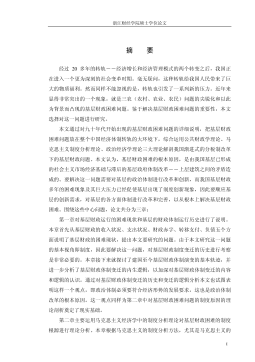
 2024-09-20 25
2024-09-20 25 -
我国煤电产业链纵向交易合约机制研究VIP免费
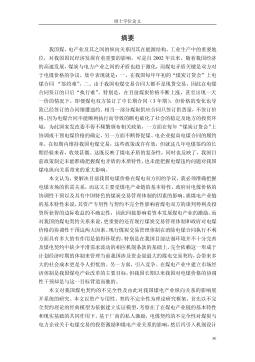
 2024-09-20 23
2024-09-20 23 -
生产要素视角下的上海市产业结构优化研究VIP免费
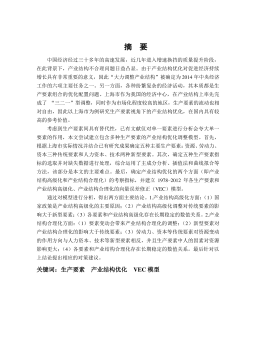
 2025-01-09 6
2025-01-09 6 -
我国银行业结构与经济结构关系研究VIP免费
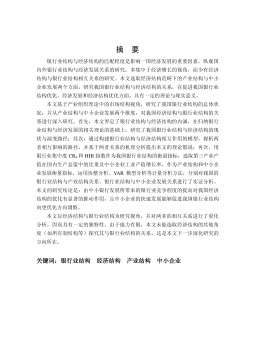
 2025-01-09 7
2025-01-09 7 -
大数据视角下农业供应链金融研究VIP免费
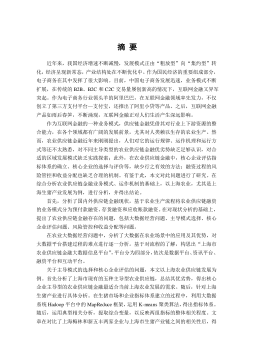
 2025-01-09 6
2025-01-09 6 -
跨国大型综合超市的规划研究VIP免费
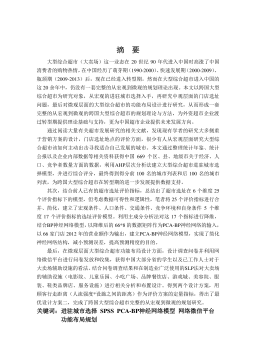
 2025-01-09 6
2025-01-09 6 -
跨境电商农产品质量安全问题研究VIP免费
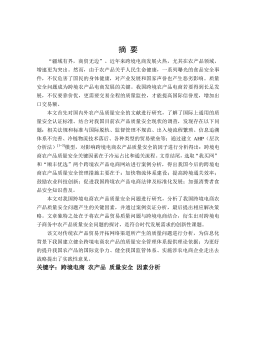
 2025-01-09 6
2025-01-09 6 -
世界市场的虚拟化与我国国际电子商务发展方向研究VIP免费
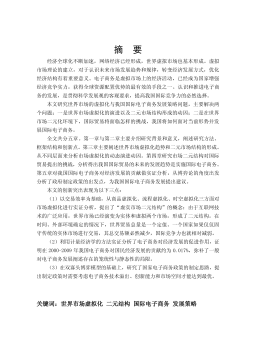
 2025-01-09 6
2025-01-09 6 -
中国政府对电力行业的价格规制问题研究VIP免费
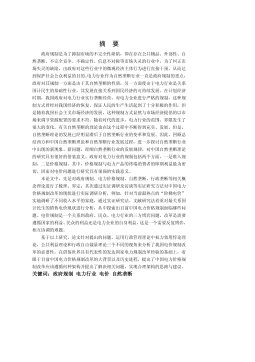
 2025-01-09 6
2025-01-09 6 -
中小企业信息化系统集成技术研究VIP免费

 2025-01-09 11
2025-01-09 11
相关内容
-

跨国大型综合超市的规划研究
分类:高等教育资料
时间:2025-01-09
标签:无
格式:PDF
价格:15 积分
-

跨境电商农产品质量安全问题研究
分类:高等教育资料
时间:2025-01-09
标签:无
格式:PDF
价格:15 积分
-

世界市场的虚拟化与我国国际电子商务发展方向研究
分类:高等教育资料
时间:2025-01-09
标签:无
格式:PDF
价格:15 积分
-

中国政府对电力行业的价格规制问题研究
分类:高等教育资料
时间:2025-01-09
标签:无
格式:PDF
价格:15 积分
-

中小企业信息化系统集成技术研究
分类:高等教育资料
时间:2025-01-09
标签:无
格式:PDF
价格:15 积分






